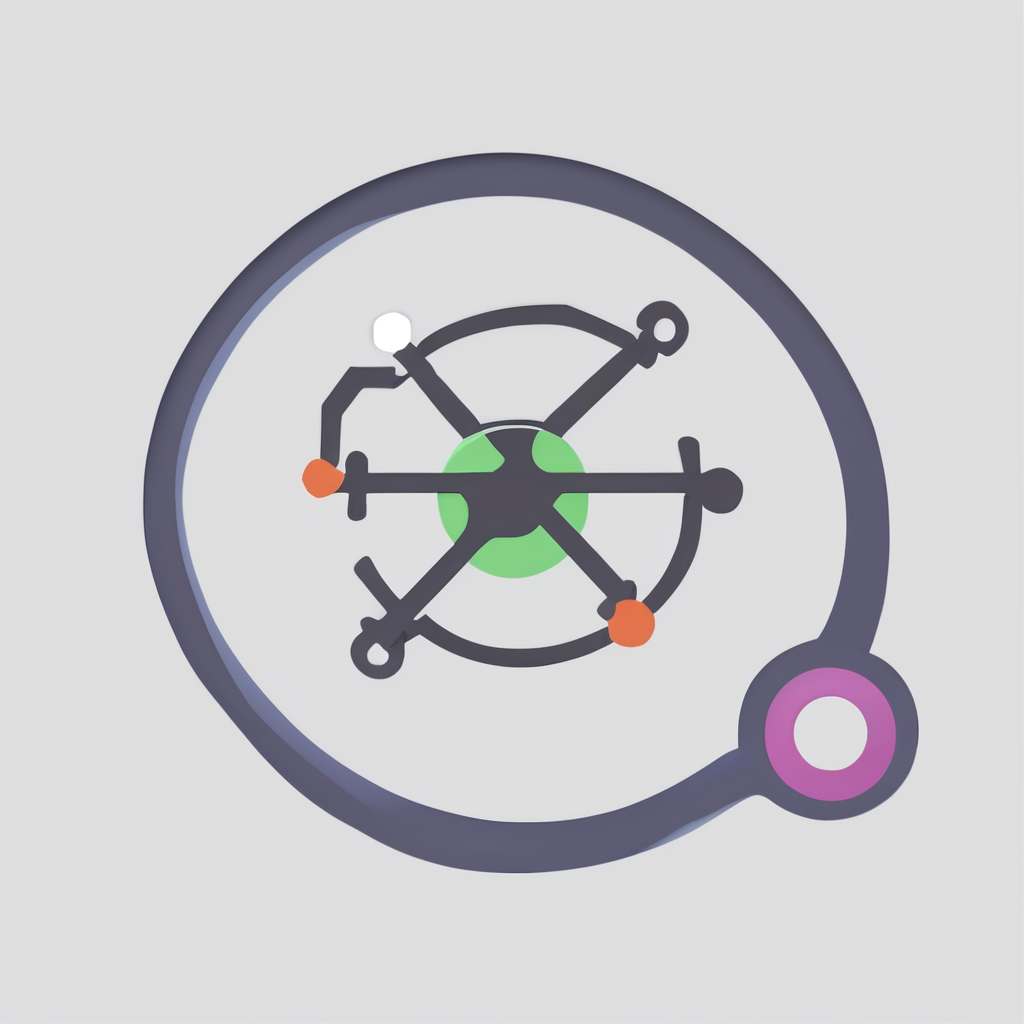Overview of Recent Advancements in Internet Technology
In recent years, the pace of latest internet technology trends has accelerated dramatically, driven by continuous technology advancements and the rise of emerging technology. These developments are reshaping how we connect, communicate, and interact online.
Key developments include the widespread adoption of 5G networks, which provide significantly faster and more reliable internet connections. This improvement enables new applications such as real-time streaming, advanced virtual reality experiences, and more seamless IoT device integration. Additionally, progress in AI-powered algorithms is enhancing internet search capabilities and personalizing user interactions more effectively.
In the same genre : How Can Innovations in Computing Shape the Future of the Internet?
Staying informed about current technology advancements is crucial since these changes directly impact cyber security, data privacy, and user experience. Being aware helps individuals and organizations adapt their digital strategies, ensuring they benefit from innovations while mitigating related risks.
The influence of these latest internet technology trends is evident in daily digital life. From smart home devices to cloud-based services, emerging online tools improve productivity, entertainment, and communication. Embracing these advancements can enhance convenience and open doors to new possibilities in both personal and professional contexts.
Additional reading : How Has the Internet Transformed Communication Practices in the UK?
Artificial Intelligence Driving Internet Innovation
Artificial intelligence (AI) is transforming the internet by powering platforms that deliver personalisation and boost productivity. AI applications analyze user behaviour and preferences to tailor content and services, making online experiences more relevant and efficient. This personalisation enhances user engagement and satisfaction across various digital environments.
In everyday life, AI is visible in tools like chatbots and virtual assistants that provide instant support and automation. These AI applications handle routine tasks, answer queries, and offer guidance, freeing users from repetitive work. As a result, users save time and enjoy smoother interactions with websites and services.
Moreover, AI improves accessibility and decision making by interpreting large data sets quickly and accurately. For example, AI-powered assistive technologies help individuals with disabilities navigate the internet more easily. In data-driven contexts, AI helps users make informed choices by delivering insights and recommendations based on complex information—applications that benefit consumers and businesses alike.
By embedding AI into internet services, developers harness its capabilities to enhance productivity while delivering personalised, accessible, and smarter online experiences.
5G Network Expansion and Enhanced Connectivity
The ongoing 5G technology rollout significantly boosts network speed, delivering much faster internet access compared to previous generations. Users experience remarkably lower latency, meaning delays in data transmission are minimized, which enhances real-time activities. This improvement isn’t just about speed; it transforms how devices communicate, creating a smoother and more responsive online experience.
This leap in connectivity improvements empowers advanced applications such as high-definition streaming and cloud-based gaming, which demand large bandwidth and quick response times. Gamers benefit from reduced lag, while streamers enjoy higher video quality without buffering interruptions.
Moreover, 5G facilitates more effective remote work and global communication by supporting stable video conferencing, quick file transfers, and seamless collaboration across continents. As more regions adopt 5G, businesses and individuals increasingly rely on this infrastructure, pushing the boundaries of productivity and interconnectivity in a digitally-driven world.
The Growing Role of Internet of Things (IoT) in Daily Life
The surge in IoT devices has revolutionized how we interact with our environments, making both homes and cities smarter than ever before. Connected devices now permeate daily routines, offering seamless automation that enhances convenience and efficiency. For instance, smart home systems enable users to remotely control lighting, heating, and security, tailoring settings to their needs while conserving energy.
Such smart home integration exemplifies the practical benefits of IoT. Automated adjustments based on occupancy or time of day can reduce utility bills without sacrificing comfort. Additionally, IoT-enabled appliances monitor usage patterns to optimize performance, translating to real-dollar savings over time.
Beyond individual households, urban centers leverage connected devices to improve quality of life on a broader scale. Examples include intelligent street lighting that adapts brightness based on pedestrian presence and smart waste management systems optimizing collection routes. These solutions illustrate how IoT adoption extends well beyond convenience to promote sustainability and more responsive public services.
In summary, the growing network of IoT devices fosters a more efficient and adaptable lifestyle, where smart homes and cities seamlessly support modern living demands through increased connectivity and automation.
Advancements in Cybersecurity for User Protection
In recent years, cybersecurity trends have shifted dramatically to address evolving threats and enhance online safety. Modern security technologies now prioritize user convenience without compromising protection. One significant advancement is the rise of passwordless authentication, which eliminates the vulnerability associated with traditional passwords. Techniques such as biometric verification and hardware security keys reduce the risk of unauthorized access by relying on factors unique to the user.
Alongside authentication improvements, encryption methods have become more robust, ensuring that data transmitted and stored remains highly secure. End-to-end encryption, for instance, safeguards communications by making intercepted data indecipherable to attackers. This approach is critical for protecting sensitive information against increasingly sophisticated cyber threats.
Privacy tools have also seen considerable enhancement. Users now have access to advanced controls over their personal data, including options for selective data sharing and stronger safeguards against tracking. These tools not only empower individuals to maintain control over their information but also strengthen overall data protection frameworks essential for maintaining trust in digital environments. Together, these innovations underscore ongoing cybersecurity trends centered on creating a safer, more reliable online experience.
Evolution of Web3 and Decentralised Internet Technologies
Exploring the shift towards a more open and user-controlled digital landscape
The concept of web3 represents a fundamental shift in how the internet operates, built upon principles of blockchain technology and decentralised internet infrastructure. Unlike traditional web paradigms, web3 empowers users with direct ownership and control over their data and online interactions. This evolution stems from the limitations of centralized platforms, which often control user data and restrict freedom of information.
At its core, web3 leverages blockchain’s capability to distribute data across numerous nodes, eliminating the need for a central authority. This decentralisation enhances security by making systems less vulnerable to hacks and censorship. Additionally, web3 prioritises privacy, enabling users to interact without exposing personal information unnecessarily, a significant improvement over earlier internet models.
Beyond privacy and control, web3 technologies facilitate innovative applications. In decentralised finance (DeFi), protocols operate independently of traditional banks, offering transparent, low-cost financial services accessible to anyone with an internet connection. Similarly, NFT marketplaces use blockchain to prove ownership of digital art and assets, fostering a new digital economy where creators can monetize their work securely and directly.
This evolution underscores a strong move towards reclaiming internet sovereignty for individuals, gracias to web3’s transparent, trustless, and user-centric architecture.
How These Trends Directly Benefit Users
Understanding the user benefits of recent technological trends reveals significant improvements in daily digital interactions. Users now enjoy a more seamless digital experience, characterized by faster response times and intuitive interfaces that boost overall productivity. These enhancements mean tasks take less time and require less effort, allowing users to focus on more important activities.
Moreover, technology adoption has spurred heightened security measures, offering users greater confidence when engaging in online activities. Enhanced encryption protocols and multi-factor authentication protect personal data, ensuring flexibility without compromising safety. This balance allows users to navigate the digital world more freely, accessing services on various devices without fear of security breaches.
Additionally, these trends enable new digital services that expand connectivity options. From cloud-based platforms facilitating collaboration to smart home technologies improving convenience, users benefit from a more connected ecosystem. This connectivity fosters not only efficiency but also fresh opportunities for innovation in everyday digital interactions.



